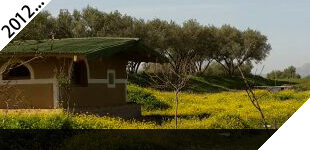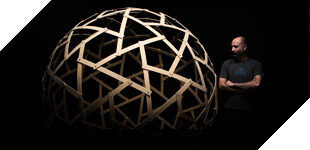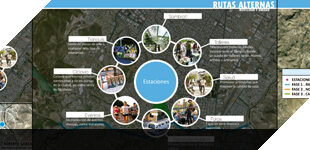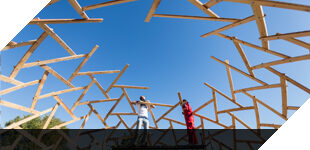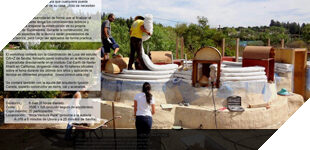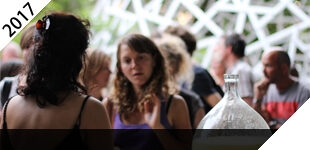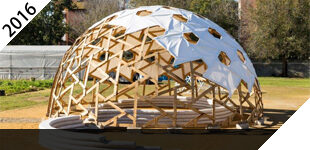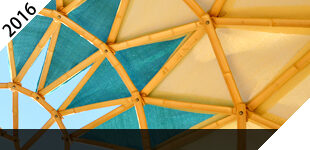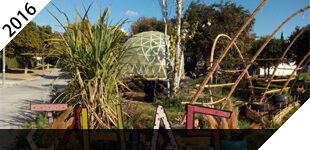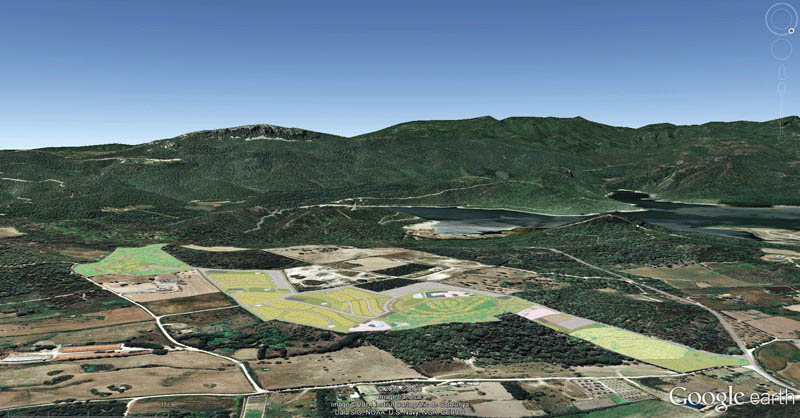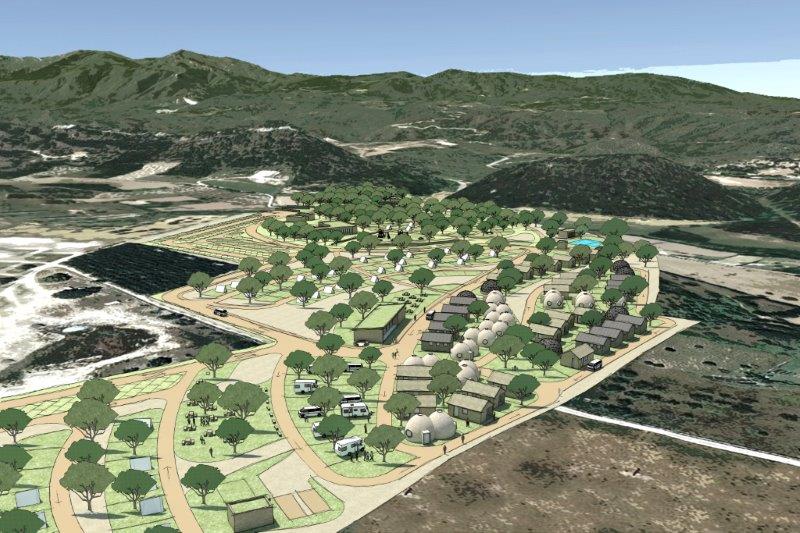>>>>>>>
Darnius’s Eco Camping
ATTENTION: THIS PROJECT IS THE RESULT OF A COLLABORATIVE PROCESS BETWEEN CTRL+Z AND DIFFERENT ACTORS. TO UNDERSTAND IT CORRECTLY I INVITE YOU TO KNOW THE OTHER DIRECTLY INVOLVED SUBJECTS: TERRITORIA (SEVILLA).
 Darnius a small village of Alt Emporda in Figueres province (Catalonia), located at six kilometers from the border with France. It presents privileged conditions for tourism localizing in the Catalan Pyrenees, just two kilometers away from the “Pantá de Darnius” (before known as “de la Boadella”, a water environment in which diverse sport facilities for its enjoyment are already activated.
Darnius a small village of Alt Emporda in Figueres province (Catalonia), located at six kilometers from the border with France. It presents privileged conditions for tourism localizing in the Catalan Pyrenees, just two kilometers away from the “Pantá de Darnius” (before known as “de la Boadella”, a water environment in which diverse sport facilities for its enjoyment are already activated.
In 2012 the mayor of the village, as an individual, asked us for us to make a proposal to implement a “Eco Camping” in some areas of his property in the same municipality. He had begun to promote the project six years ago, long before he presented and win the election.
The project, however, was stuck for a while and so he came to us to reactivate it, then the first step was the redaction and approbation of a special plan for the area.
When we begin to approach to this reality, we initiated a reflection on the “sustainable” and “green” adjectives that often accompanied the proposal both in its prior documentation and conversations. To the concepts commonly associated with sustainability, following our lines of work and personal vocations, we decided, from the beginning, to add “social sustainability” and the “knowledge spreading”, for two very important, if not trivial, concepts.
After the positive experience with the Coworking la Bañera, it seemed natural to us to propose a new collaboration with Territoria, this time in the field in which they are stronger: territorial analysis / planning and the landscape.
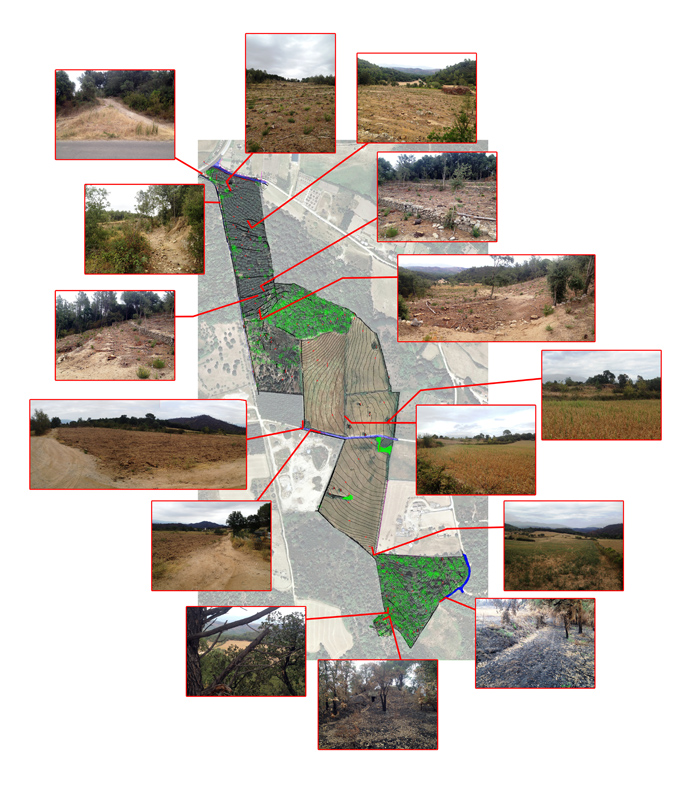 The plots that made up the lot drew a whole with a very particular shape, presenting also a sometimes abrupt topographical situation and very different vegetation covers, with the result that the situation itself defined different project areas with very variant characteristics. How to face and value each of them as part of the overall planning of the site was the main challenge and at the same time endowed the proposal of character and interest.
The plots that made up the lot drew a whole with a very particular shape, presenting also a sometimes abrupt topographical situation and very different vegetation covers, with the result that the situation itself defined different project areas with very variant characteristics. How to face and value each of them as part of the overall planning of the site was the main challenge and at the same time endowed the proposal of character and interest.
Some areas, exactly for the orography and especially the steepest, presented terracing walls “pedra sec” (dry stone) that, although in some cases in poor condition, represented in our perception an historical footprint to preserve.
The dimensions of the proposal, nearly 10 acres, forced us to rethink and quantify the needs and bring all the concepts used in the past to an urban scale. It was not only about defining the application of a number of “alternative” or “sustainable” constructive systems, but to design a planning model according to our vocations, which could then resolve coherently the issues of water supply, management of wastewater and solid wastes, and energy efficiency on a large scale.
Our approach also aimed to reduce as much as possible the number of car trips within the camping and to a distribution of common spaces and facilities that could promote a stay in harmony with the proposal’s ecological spirit and also thinking in its relationship with the people and the surroundings.
All these aspects have to be worked out over the lines laid down by the regulatory framework and at the same time over the camping functional program that was evolving as the project developed.
Meanwhile we had to organize the proposal so that it could be developed in phases, always maintaining “camping class 1”, to start amortizing as soon as possible the initial investment, while follow with the development of the areas of the other phases. We were particularly interested in the phased development particularly because it allow that the construction of the bungalows could be performed with dynamics which including the transfer of knowledge.
In a territory in which a league of 17 municipalities is already active for the development of common working lines and activities, we aimed to perform some of the camping facilities through a “Training and Employment Program” for the region youth. These activities will focus on buildings (bungalow) and on landscape elements.
Were provided five different technologies, for each one a pilot project would be constructed through a training workshop. The other units would be carried out by the local team under our supervision and monitoring.
Thus local employment and deployment of green technologies in the area would be promoted. Pilot projects would serve as claim and advertisement of the technologies and trained building crews would be available locally.
The reinterpretation or application of different alternative techniques was considered, from building with strawbales to geodesic structures, through the superadobe and, of course, the locally traditional “pedra sec” which would be applied both to bungalow as to restoration and maintenance of the existing walls. We are convinced that the variety and peculiarity of the buildings will constitute a claim in itself.
These technologies would also be presented to site visitors helping their dissemination and the use of natural or recycled materials could be one of the reasons that would make this camping a place to visit, adding values and helping its differentiation from others.
It is important to note that the proposal didn’t intend to build a series of single cells randomly scattered across the territory, regardless of their characteristics, but proposed the management of those parts according to a scheme that promoted landscape elements as harmonious conjunction between the various parts.
When intervening in the territory, the vocation was to try to adapt to it and change only what was necessary. This way we will save materials and produce less waste, as well as the conservation of the natural resources.
The aim was to design tools and processes that gather strategic concepts, elements and components within a framework, or an action plan, that could be implemented and maintained with minimal resources. Think from the beginning on the construction and as well on maintenance needs, both looking to the actuals and also to future ones.
For what we know, finally due to political problems concerning more the local level that the nature or characteristics of the proposed project it has not been approved by Danius’s City Council, despite having received the green light by institutions of higher territorial level.
It’s a shame to see how a project of this type, with the creation of number of direct and indirect jobs that could have created locally, get stuck in political party interests. Hopefully the results of the upcoming elections will configure balances that will allow the proposal to resume from where we left it.
In promoter idea, the project wanted to represent a positive response to the environmental and economic crisis we are experiencing, unfortunately time dilation and the constraints and policies are undermining his enthusiasm, who a few months ago has put the land up for sale and is now looking for another location even outside Spain.
Note:
Halfway through the plan’s redaction process we were surprised by the fires of summer 2012 that partially affected project land, I personally thought this would have led to the cancellation of the proposal. Instead the events became, for the developer, an impulse, one more reason to invest in even more punished region in which, due the size of what happened, was extremely needed to inject new energy.
![]()


